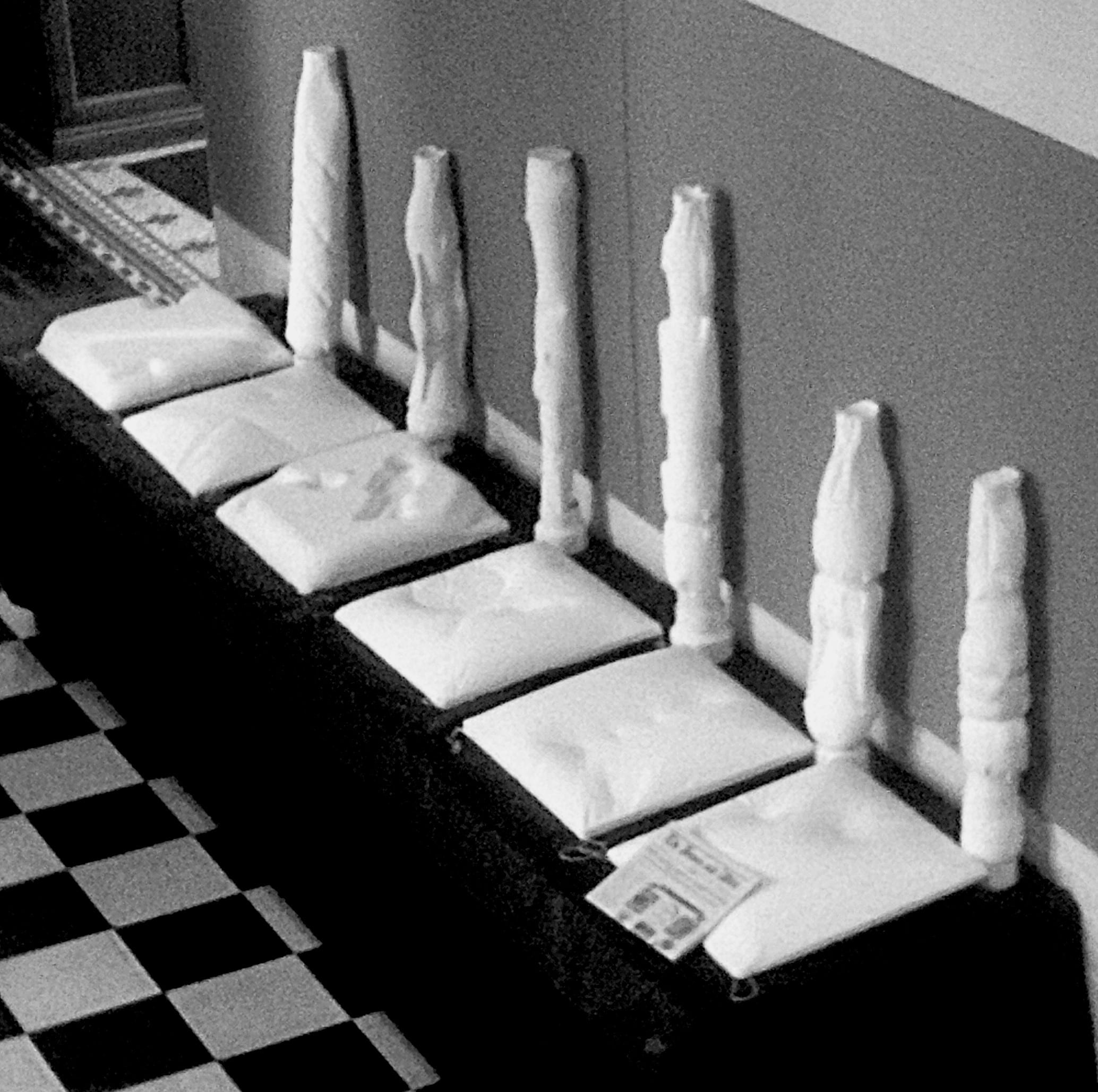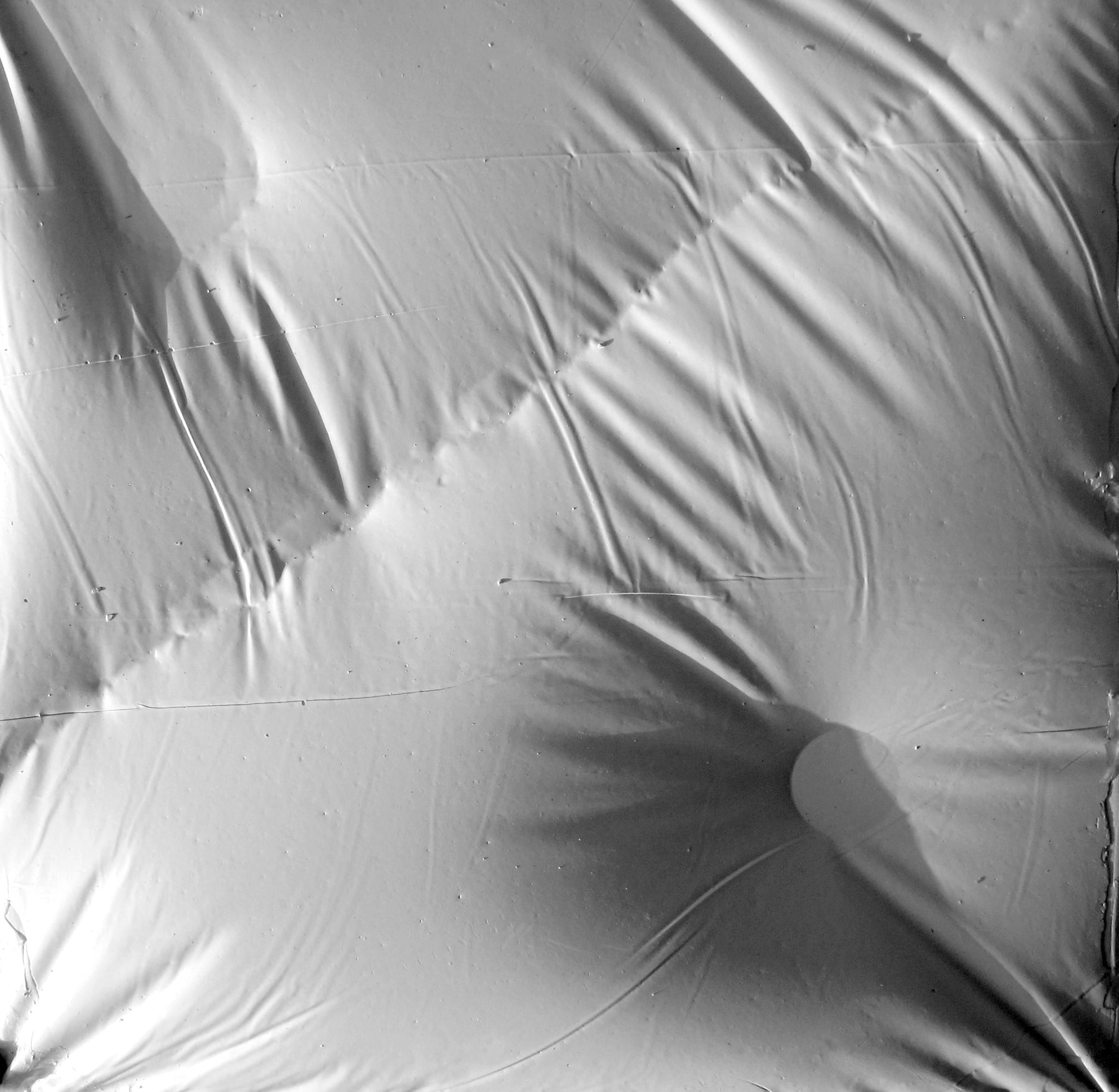Kaufman Foundation Grants in biology, chemistry and physics
The Charles E. Kaufman Foundation offers grants to support research in biology, chemistry and physics at academic institutions in Pennsylvania. Proposals are required to address basic (fundamental, pure) questions addressing core principles in biology, physics and chemistry or at the disciplinary boundaries between these fields. Applied or clinical studies will not be supported. Competitive applications are expected to be rich in innovative ideas and approaches with the potential for generating transformative intellectual advances. Continue reading →
Finding out what others are reading over coffee on a weekend morning can be a reminder of the thrill of being part of an academic community, especially one dedicated to the notion that ideas really matter, not just in theory but in practice. Intellectual thrill-seeking in service to humanity.
Last weekend, a colleague shared this essay by historians Anthony Grafton and James Grossman. In addition to useful critique of some “zombie platitudes about higher ed that stalk the Internet,” Grafton and Grossman make a compelling case for the central importance of student research in the formation of young minds. These are, I would add, the minds of the people to whom we intend to hand over the proverbial keys, so the stakes are high.
Continue reading Bungee jumping →


Playing with materials, the design decisions based on responses from material processes are integral to the art of craft. The embodied knowledge of making is gained through the physical interaction with materials, searching for an order rooted in history, perception and materiality.[1]
Creativity in architecture can be based on the transformation of matter. Different from the formal imagination, the material imagination can give rise to images provoked solely and directly from an immediate confrontation, interpretation, and manipulation of matter. These images may be assigned a category by the eye but only the hand truly reveals them. They depend on visceral readings that are projected through qualities such as mass, material surface, texture, or light, space, and time.
Continue reading the architecture of PLAY, and the play of ARCHITECTURE →
Providing news you can use, celebrating Lehigh research in all its variety, and promoting exchange of ideas and perspectives.

